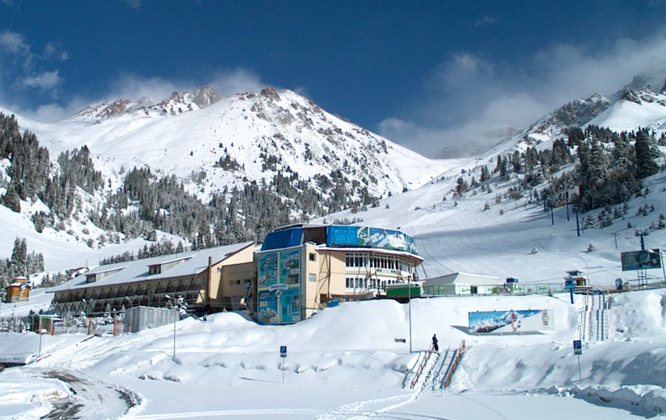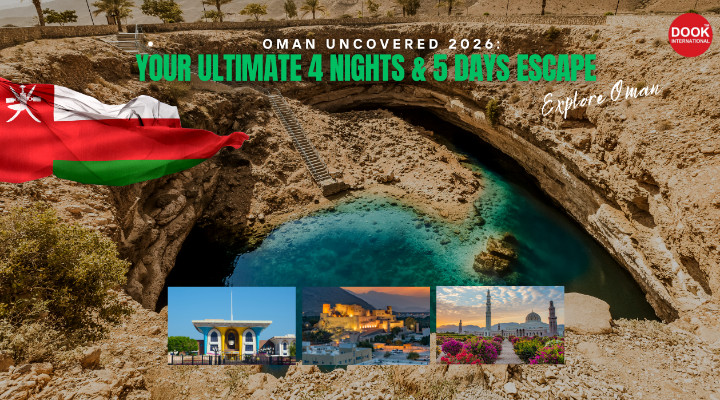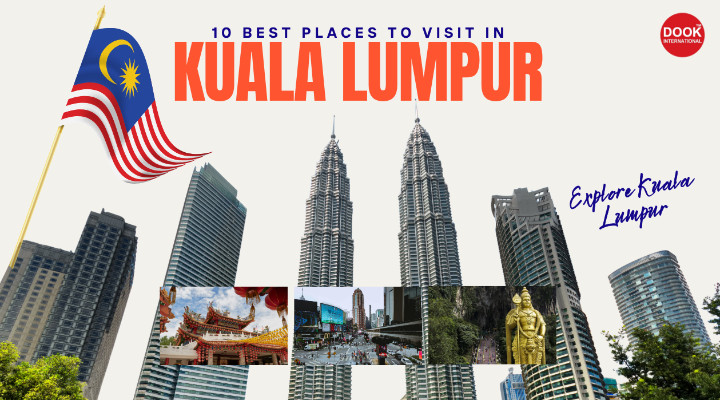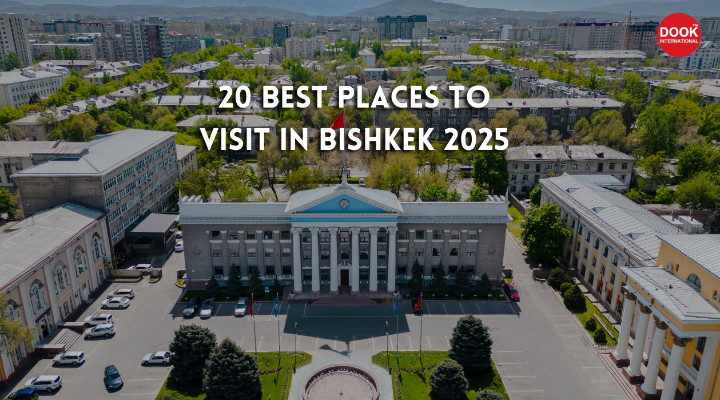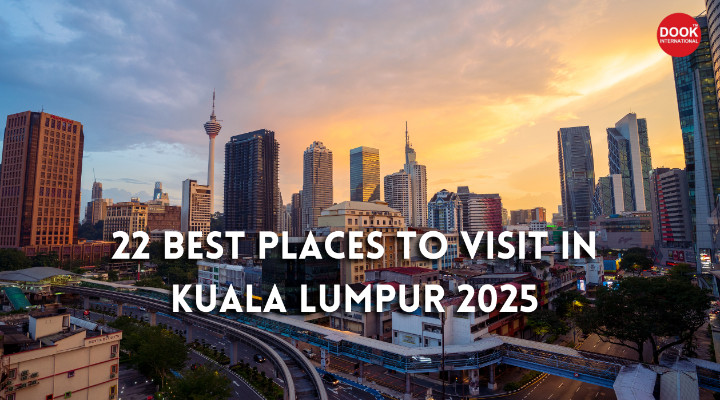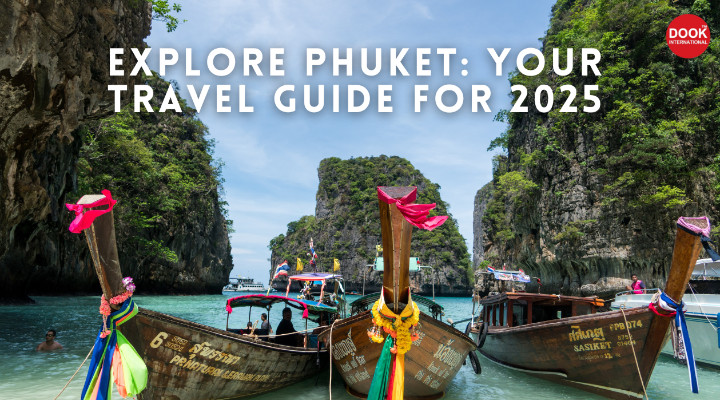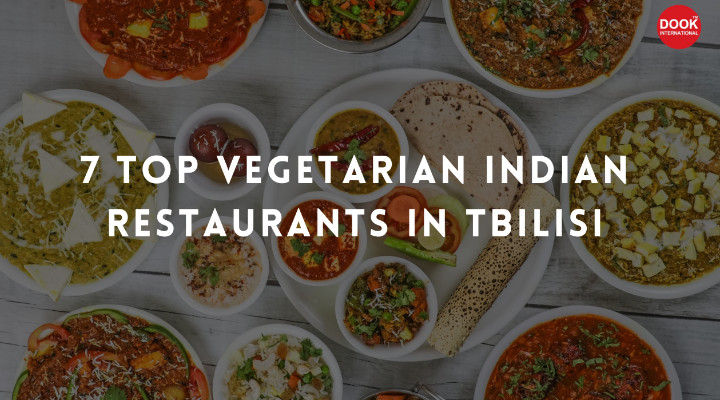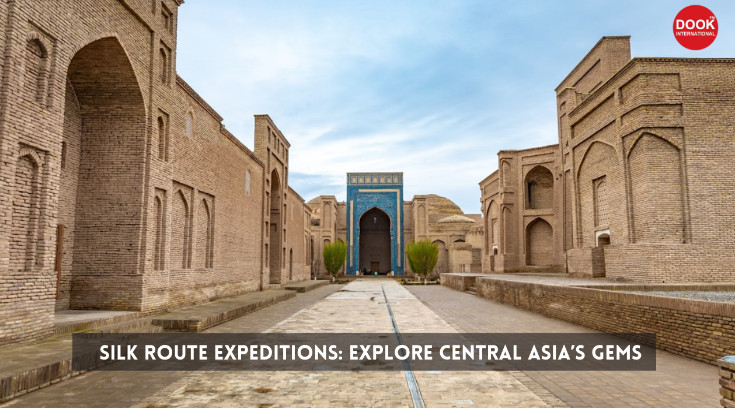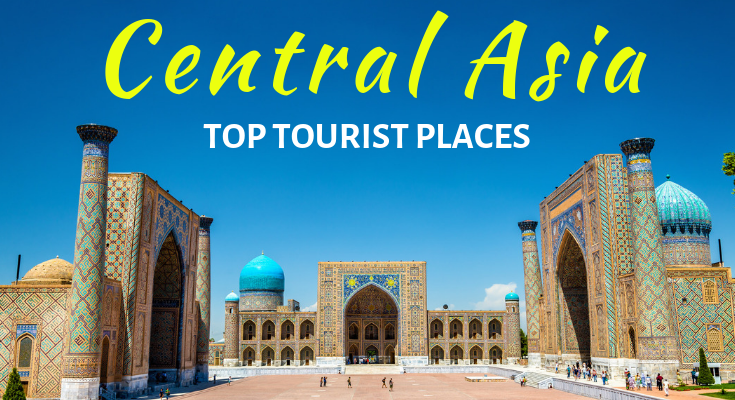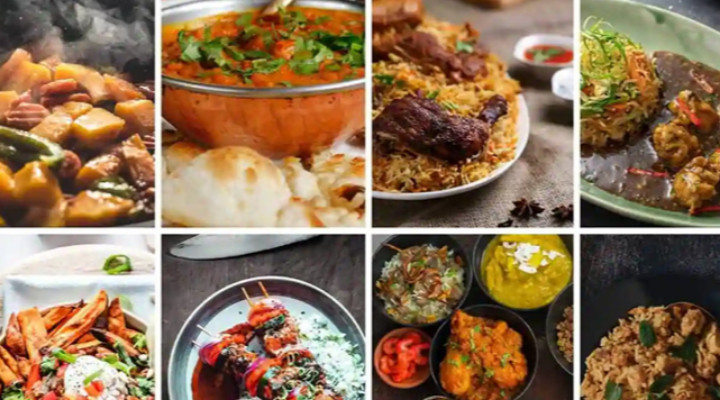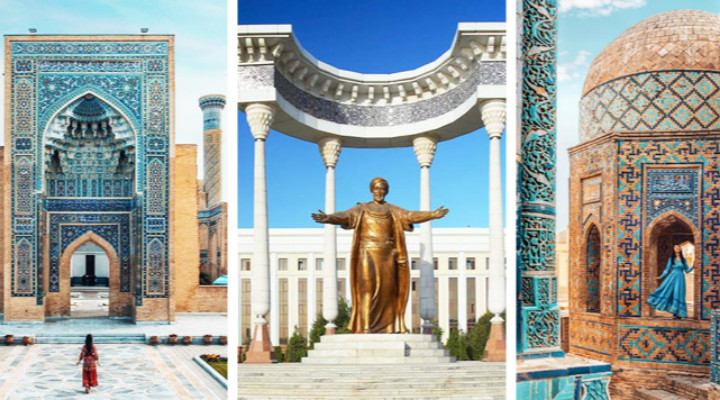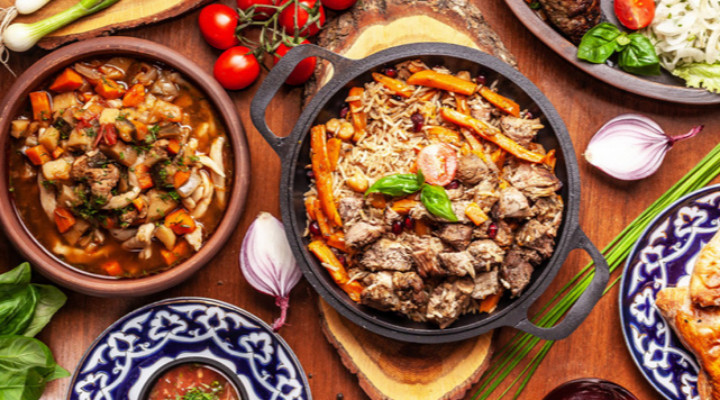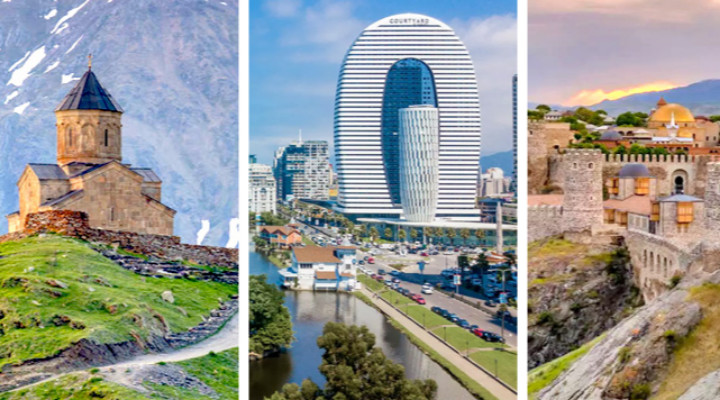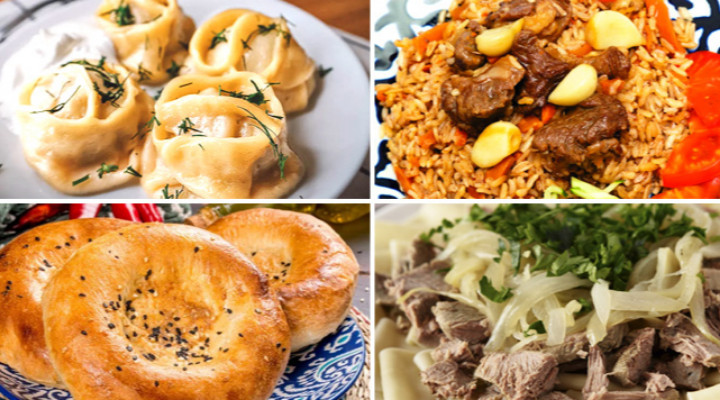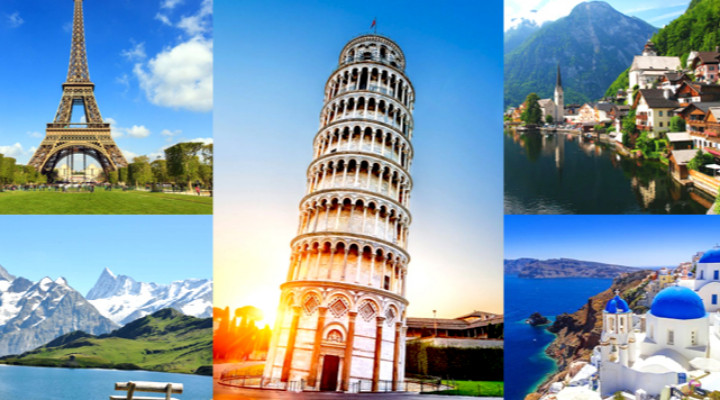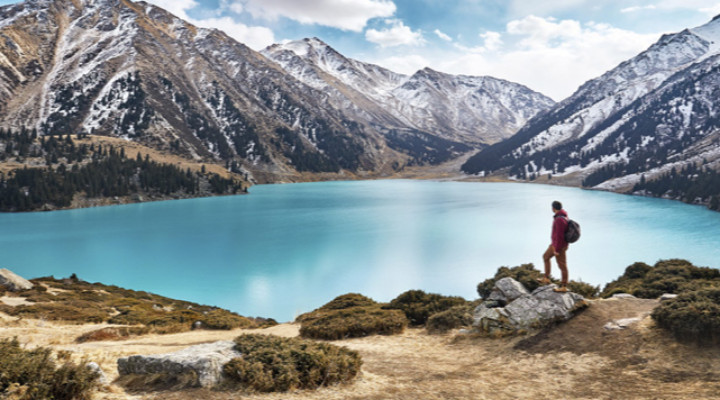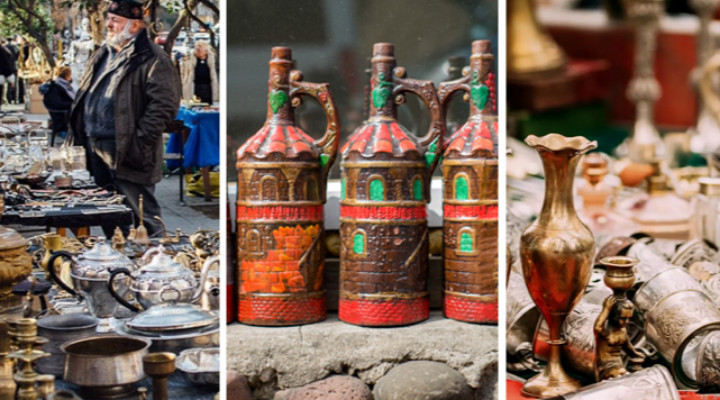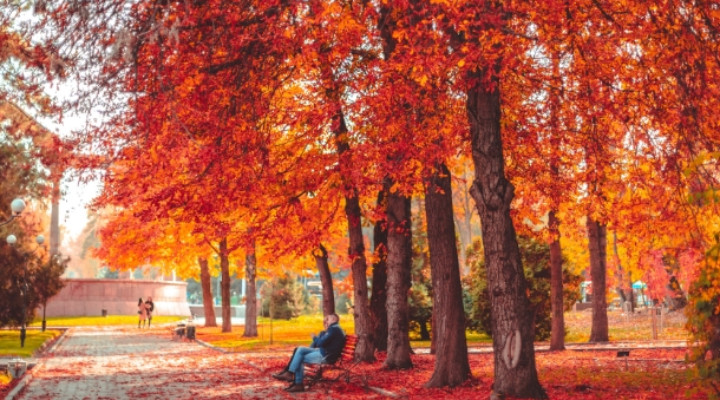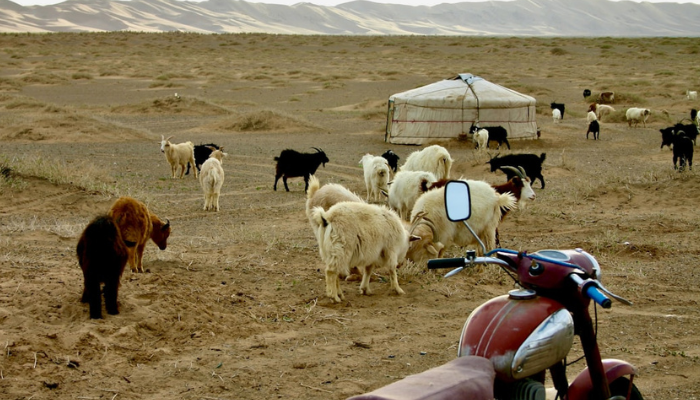
TheSilk Route, a vast network of trade paths, dates back over two thousand years.It connected the East and West, allowing for the exchange of goods, culture,and ideas. Today, the Silk Route offers a mesmerizing journey through history,breathtaking landscapes, and rich cultural experiences. The countries ofKyrgyzstan, Kazakhstan, Uzbekistan, Tajikistan, and Turkmenistan are keyplayers in this storied route. Join us as we explore the allure of Silk Routeexpeditions.
The Historic Silk Road: A Journey Through Time
TheSilk Road was more than just a trade route; it was a conduit for culturalexchange. Traders and travelers shared not only goods but also philosophies,religions, and technologies. This fusion of cultures created a vibrant mosaicthat you can still see today.
The Importance of the Silk Road in History
TheSilk Road played a crucial role in shaping the civilizations it connected. Itwas instrumental in spreading major religions like Buddhism, Islam, andChristianity. The route facilitated the movement of religious artifacts andtexts, leading to the establishment of religious sites along the way.Furthermore, it facilitated technological innovations, such as the compass andpapermaking, which transformed societies. These advancements were pivotal inthe development of navigation and communication, impacting trade and culture ona global scale.
The Influences on Art and Architecture
TheSilk Road also left a significant imprint on art and architecture. As differentcultures interacted, they exchanged artistic techniques and styles. Thisexchange is evident in the intricate designs and motifs found in textiles,pottery, and jewelry. The architecture along the Silk Road reflects a blend ofPersian, Indian, and Chinese influences, creating unique structures that standas testaments to this cultural fusion. Cities like Samarkand and Bukhara areadorned with stunning mosaics and elaborate carvings, showcasing this richartistic heritage.
The Silk Road's Role in Economic Development
Economically,the Silk Road was a lifeline for many regions, fostering trade and prosperity.It enabled the flow of silk, spices, precious metals, and other valuablecommodities between continents. This trade brought wealth and development tocities along the route, turning them into bustling economic hubs. The demandfor goods also spurred advancements in trade practices, including the use ofcredit and banking systems. This economic boom contributed to the growth ofpowerful empires and the rise of influential trading cities.
ScenicRoutes and Breathtaking Landscapes
TheSilk Route is renowned for its stunning landscapes. From the mountains ofKyrgyzstan to the deserts of Turkmenistan, each country offers unique scenicroutes that captivate travelers.
Kyrgyzstan: The Land of Celestial Mountains
Kyrgyzstanis often called the "Switzerland of Central Asia" due to its majesticmountain ranges. The Tien Shan mountains dominate the landscape, offeringbreathtaking views and challenging trekking routes. Travelers can immersethemselves in the pristine beauty of the untouched wilderness, withopportunities to spot rare wildlife and experience the tranquility of nature.Visit Lake Issyk-Kul, one of the largest alpine lakes in the world, andexperience the nomadic lifestyle in yurt camps. The lake’s crystal-clear watersand surrounding snow-capped peaks create a picturesque setting that is perfectfor relaxation and exploration.
Kazakhstan: The Endless Steppe
Kazakhstan'svast steppe is a sight to behold. This seemingly endless expanse of grasslandis dotted with wild horses and traditional Kazakh yurts. The steppe’s vastnessis complemented by its unique biodiversity, offering a home to various floraand fauna. Explore the Charyn Canyon, often referred to as the "GrandCanyon of Central Asia," for its stunning rock formations and picturesqueviews. The canyon's dramatic landscape and vibrant colors provide an idealbackdrop for photography and adventure. Additionally, the ancient petroglyphsat Tamgaly offer a glimpse into the rich history and culture of the region'searly inhabitants.
Uzbekistan: The Heart of the Silk Road
Uzbekistanis home to some of the most iconic Silk Road cities. Samarkand, Bukhara, andKhiva boast stunning architecture and ancient sites. These cities are livingmuseums, with their streets lined with intricately designed madrasahs, mosques,and palaces. The Registan Square in Samarkand is a masterpiece of Islamicarchitecture, while the Ark Fortress in Bukhara offers a glimpse into theregion's rich history. Visitors can explore bustling bazaars, where the vibrantcolors of spices and textiles create a sensory feast. The local cuisine,influenced by centuries of trade and cultural exchange, offers a delightfularray of flavors.
Tajikistan: The Roof of the World
Tajikistan'sPamir Mountains are known as the "Roof of the World." This ruggedterrain offers some of the most challenging and rewarding trekking routes inthe world. Adventure seekers can trek through breathtaking landscapes,encountering remote villages and experiencing the warm hospitality of thelocals. The Pamir Highway, one of the highest roads on Earth, providesspectacular views of snow-capped peaks and deep valleys. The journey along thishighway offers a unique opportunity to witness the untamed beauty of themountains and the diverse cultures that inhabit the region. Travelers can alsoexplore ancient fortresses and petroglyph sites, which reveal the area's richhistorical significance.
Turkmenistan: The Karakum Desert
Turkmenistan'sKarakum Desert is a stark but beautiful landscape. The desert’s vast dunes andshifting sands create a mesmerizing environment that is both challenging andcaptivating. Visit the Darvaza Gas Crater, known as the "Door toHell," a fiery crater that has been burning for decades. The crater’seerie glow and intense heat make for a surreal and unforgettable experience.The ancient city of Merv, a UNESCO World Heritage Site, offers afascinating glimpse into the region's past. Visitors can explore the ruins ofthis once-great city, which was a key center of trade and culture on the SilkRoad. The city’s impressive architecture and historical significance make it amust-visit destination.
Silk Route Expeditions: An Adventure of a Lifetime
Silk route expeditions offer aunique opportunity to explore this historic route in depth. Whether you preferguided tours or independent travel, there's an expedition to suit every taste.
GuidedTours: Stress-Free Exploration
Guided tours provide an easy andstress-free way to explore the Silk Route. Knowledgeable guides lead youthrough the region's highlights, offering insights into its history andculture. The expertise of local guides ensures that travelers gain a deeper understandingof the places they visit, enhancing the overall experience. Enjoy comfortableaccommodations, local cuisine, and hassle-free transportation. Guided toursoften include exclusive access to historical sites and cultural events,providing an enriching and immersive journey. This option is ideal fortravelers who want a well-organized and informative experience without thestress of planning.
IndependentTravel: Discover at Your Own Pace
For those who prefer a moreindependent adventure, traveling the Silk Route on your own can be immenselyrewarding. Plan your itinerary, choose your destinations, and travel at yourown pace. This option allows for greater flexibility and the freedom to exploreoff-the-beaten-path locations. Be sure to research visa requirements andtransportation options ahead of time. Independent travelers can engage withlocal communities, participate in traditional activities, and discover hiddengems. The sense of adventure and discovery adds an exciting element to thejourney, making it a truly personal and memorable experience.
CombiningBoth: Tailored Experiences
Some travelers may choose tocombine guided tours with independent travel for a tailored experience. Thisapproach allows for the convenience of guided tours in certain regions, whilealso providing the flexibility to explore independently in others. Travelerscan customize their journey to focus on specific interests, whether it behistorical sites, cultural encounters, or outdoor adventures. This hybridoption offers the best of both worlds, enabling travelers to experience theSilk Route in a way that suits their preferences and travel style. By blendingstructured tours with personal exploration, travelers can create a unique andunforgettable journey.
Preparing for Your Silk Route Adventure
Proper preparation is key to asuccessful Silk Route expedition. Here are some tips to help you get ready foryour journey:
Ensure your passport is up todate and check the visa requirements for each country on your itinerary. Somecountries offer visa-free travel or visa-on-arrival for certain nationalities,while others require an advance application. It's important to research theentry requirements well in advance to avoid any last-minute complications.Keeping digital and physical copies of important documents can be helpful incase of emergencies. Additionally, familiarize yourself with customsregulations to ensure a smooth border crossing experience.
Consult your healthcare providerfor recommended vaccinations and health precautions. Travel insurance is alsoadvisable to cover any unexpected events. It's important to be aware of thelocal health risks and take necessary precautions, such as carrying a basicfirst-aid kit and any prescribed medications. Staying informed about theregion's safety conditions and adhering to local guidelines can help ensure asafe journey. Travelers should also be mindful of altitude sickness whenexploring high-altitude areas like the Pamir Mountains.
CulturalEtiquette and Language
Respect local customs andtraditions. Learning a few basic phrases in the local languages can greatlyenhance your experience and help you connect with locals. Understandingcultural norms and behaviors can foster positive interactions and show respectfor the host communities. Dress modestly, especially when visiting religioussites, and be mindful of local practices and taboos. Engaging with locals andparticipating in cultural activities can provide valuable insights into theregion's heritage and way of life. A respectful and open-minded attitude canlead to meaningful connections and enriching experiences.
Packing appropriately isessential for a comfortable and enjoyable trip. Consider the diverse climatesand terrains you will encounter along the Silk Route. Layered clothing isrecommended for varying temperatures, and sturdy footwear is a must for trekkingand exploring rugged landscapes. Don't forget essentials like a reusable waterbottle, sunscreen, and a hat to protect against the sun. A reliable camera orsmartphone will help capture the stunning scenery and memorable moments. Beingprepared with the right gear can enhance your adventure and allow you to fullyappreciate the beauty of the Silk Route.
Conclusion: Embrace the Spirit of the Silk Route
Traveling the Silk Route is morethan just a journey through stunning landscapes and historic sites. It's anopportunity to connect with diverse cultures, experience unique traditions, andcreate lasting memories. Whether you choose a guided tour or an independentexpedition, the Silk Route promises an adventure of a lifetime. Embrace thespirit of exploration and embark on your Silk Route journey today. Let theancient pathways guide you to new discoveries, and let the stories of the pastenrich your understanding of the world. The Silk Route invites you to embark ona transformative journey, where the echoes of history resonate with every stepyou take.





